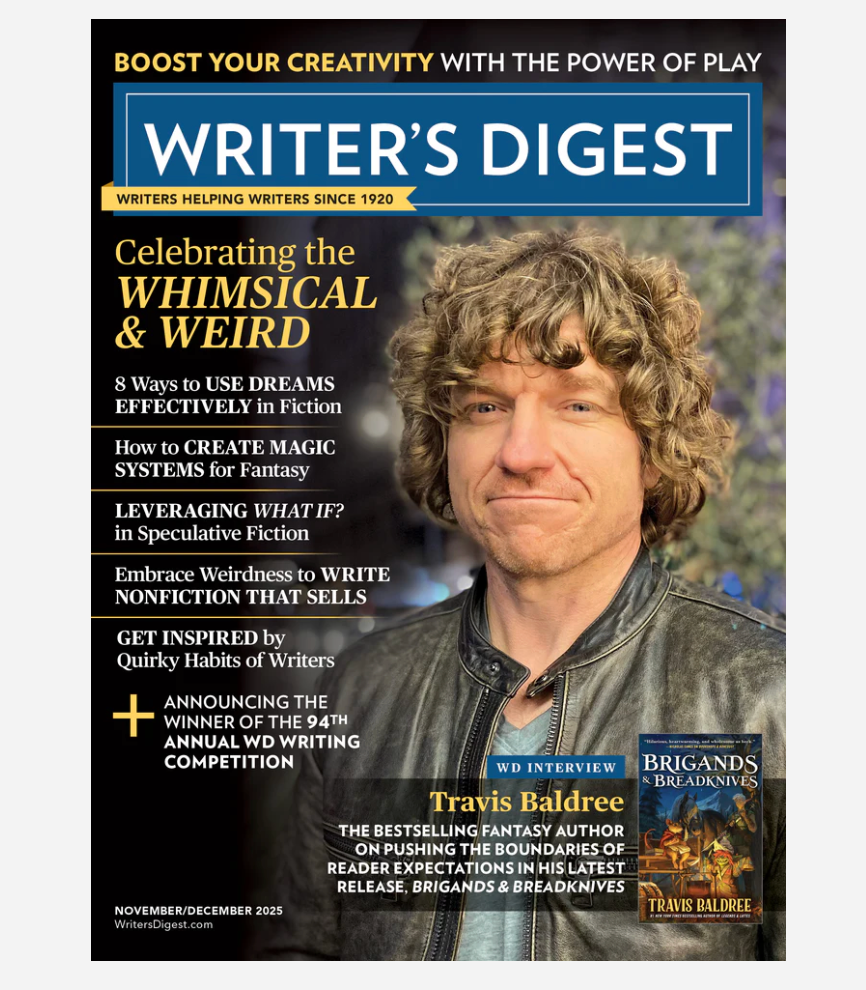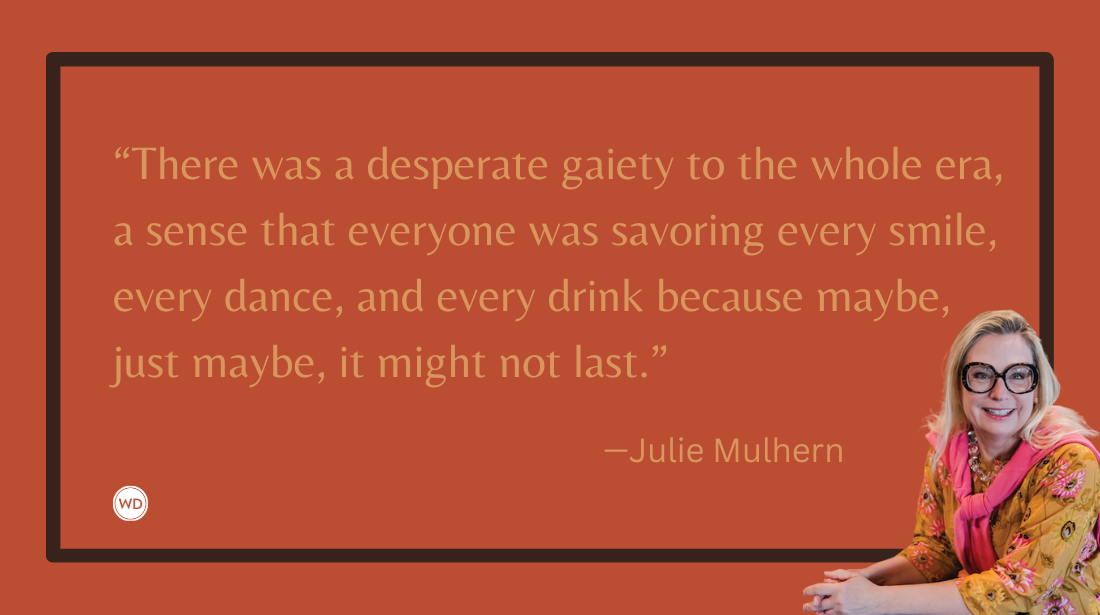Exploring Nature vs. Nurture in a New Way in Fiction
Author Michael Swartz discusses his attempt to write a novel exploring nature vs. nurture in a new way in fiction.
The term nature vs. nurture was first coined in 1874 by Sir Francis Galton to evaluate the importance of inheritance vs. the physical environment. One hundred and fifty years later, with an enhanced understanding of genetics and sociology, there is no consensus on the interplay between these factors, making the topic rich for debate, particularly in modern fiction. Thousands of published novels have explored this question, from Frankenstein, by Mary Shelley, to more recent works such as Where the Crawdads Sing, by Delia Owens.
In early 2019, I brainstormed about incorporating the nature vs. nurture theme, using a protagonist with a unique scientific or medical diagnosis. In my writing, and given my medical and scientific background, I have focused on using distinctive diagnoses to support a fictional theme, such as a heart transplant recipient who is not compassionate or a protagonist who can see the future during a pre-seizure aura. However, despite my best efforts, I couldn’t find the right scenario to provide my own twist on this age-old theme.
In early 2019, while at the pediatric cardiology office, I learned about a patient who was a fetal chimera. Rarely during early gestation in a set of fraternal twins (two separate eggs fertilized by two separate sperm each with their own and unique genetic code vs. maternal twins where a fertilized egg divides into two separate fetuses each with the same genetic code), one of the twins dies and the surviving fetus absorbs the genetic material. The result is someone with two distinctive sets of DNA. The patient learned about her diagnosis from an astute clinician who observed slight left vs. right-sided physical differences. I had read about chimera patients within the medical literature, but had never read about a protagonist with a chimera diagnosis. However, the scenario seemed perfect for a nature vs. nurture coming-of-age story.
I imagined my protagonist, a chimera, with left vs. right-sided physical differences, but most importantly, those differences aligned with traits he observed within his parents. Families often discuss the physical features of children, such as eye color, a pointed or rounded chin, or hair color, that are passed down through each generation. In my own family, my son is a near replica of when I was a child, and my daughter looks nearly identical to my wife. Those physical traits could serve as a constant reminder of the genetic differences between his left and right sides, creating the feeling that he had two different identities. Whenever he looked in the mirror, his two different colored eyes would stare back. If his mother were passive and his father was violent, it would give the protagonist reason to worry about which side might dominate their identity.
I began searching the literature, reading about various case reports, and watching an episode of CSI and All My Children, where each utilized a chimera as a character. I even discovered that the singer, Taylor Muhl, had recently told the world she was a chimera. The more I read, the more I decided to leverage the chimera diagnosis to highlight a nature vs. nurture theme. I then built the story around the concept of a chimera.
I created Ethan, the protagonist in SPLIT, with heterochromia, or different colored eyes. Most physical differences in a chimera are subtle, but two different colored eyes would undoubtedly cause Ethan to be ostracized in school and bullied. I purposely set the novel in the early 1990s so that his understanding of genetics and the internet would keep him from finding all the necessary answers. Chimeras are prone to asthma and allergies, and I utilized that fact during the second scene to bring Ethan together with his best friend, Mo.
To explore the nurture side of the theme, I created a split in the behavior of Ethan’s father. Ethan’s father is a veteran and, most importantly, a firefighter. Firefighters are heroes who run into burning buildings to aid the injured. Firefighters are often viewed as model citizens, which would contrast with Ethan’s father when he was on edge, irritable, and sometimes violent. Similarly, Ethan’s mother is a nurse caring for others and nurturing. Unlike her husband, she is passive and hides away when troubled or upset, rather than lash out violently like Ethan’s father.
SPLIT explores the importance of genetics vs. environment in a new and different way, where the protagonist is a chimera with two distinct sets of DNA. The traits on Ethan’s left side align with his violent father, and those on his right resemble his passive mother. It is a different twist on an old theme.
Check out Michael Swartz's Split here:
(WD uses affiliate links)









